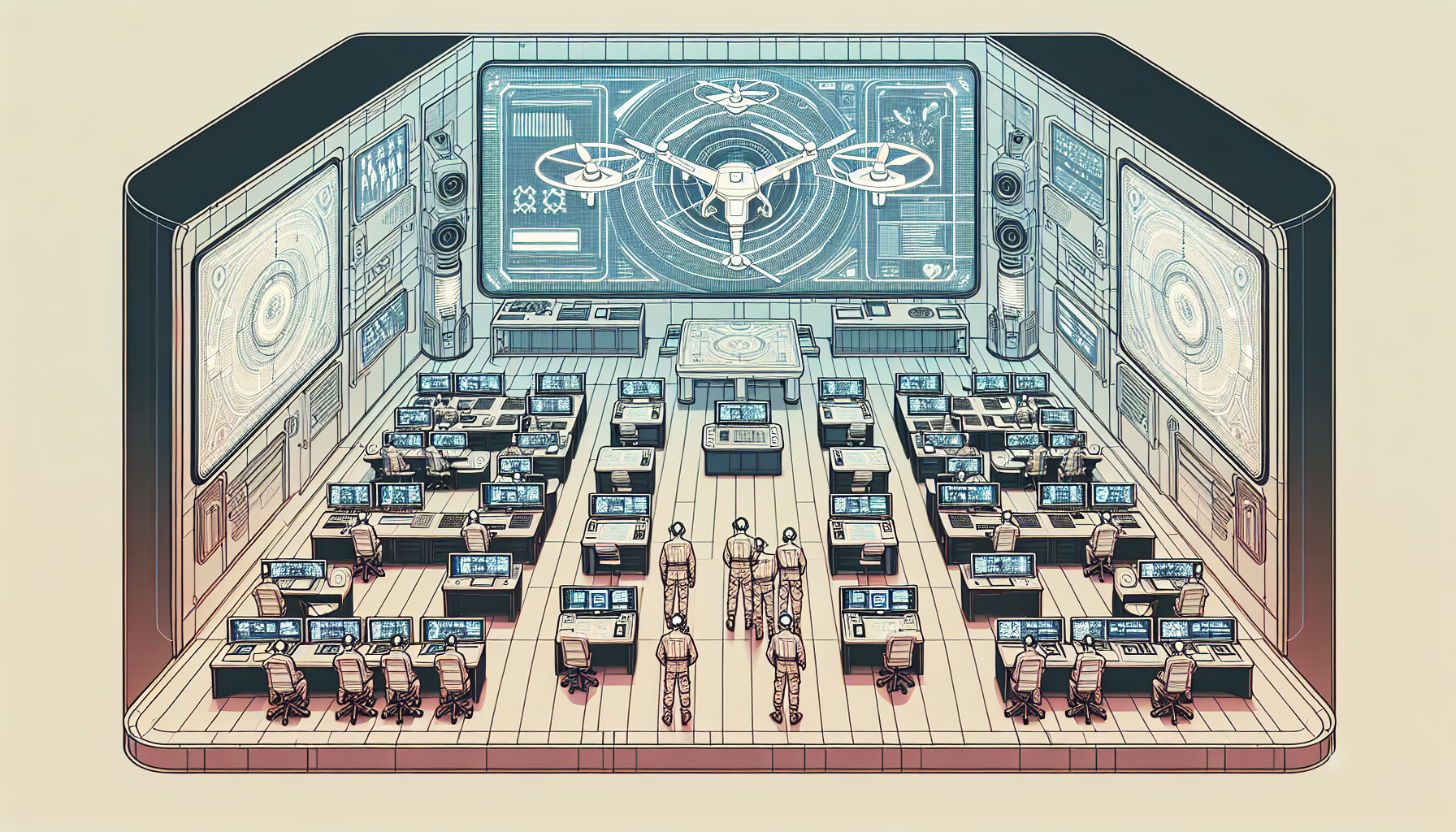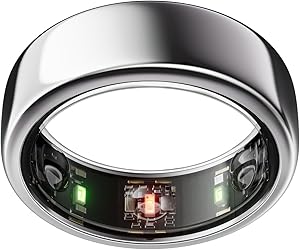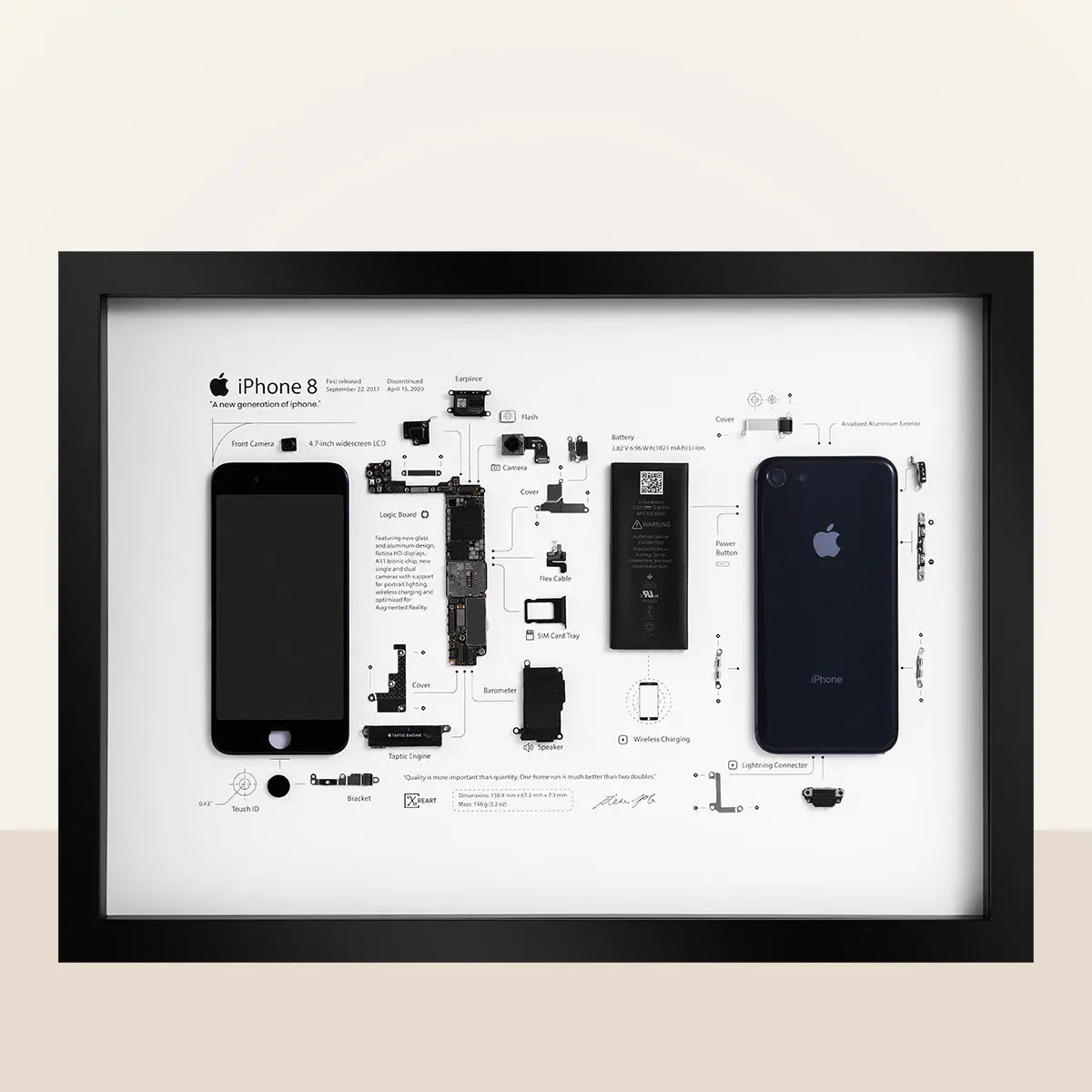AR Technology Transforming Search and Rescue
Imagine a world where search and rescue missions are not hindered by the limitations of communication. This is the vision that innovative technologies like Augmented Reality are bringing to life. As we delve into the vital role of technology in emergency response, it becomes clear that advancements like VizCom-AR are set to revolutionize how we approach life-saving missions.
Understanding the Problem
Even in our hyper-connected age, many emergency responders face significant hurdles in communication. Traditional radio tools have critical shortcomings, often leading to confusion and potentially devastating consequences. The absence of visual elements in verbal communication can lead to a loss of situational awareness.
- Picture this: a first responder calls in to relay vital information about a victim’s location. Without a visual aid, the information might be misinterpreted, rendering the rescue attempt less effective.
- Moreover, communication noise during a chaotic situation can lead to severe misunderstandings, further complicating efforts.
Situational awareness—understanding one’s environment and predicting how situations may evolve—is paramount in search and rescue missions. Miscommunication can prove fatal; many SAR crews have recalled instances where a simple misunderstanding affected their response times dramatically.
VizCom-AR: A Technological Breakthrough
Enter VizCom-AR, an advanced Augmented Reality platform designed for UAV missions. This tool is not just a gadget but a game-changer in enhancing communication between rescue operations officers (ROs) and operational support officers (OSOs).
- August marriage of technology to necessity results in a system that seamlessly integrates real-time data with visual information.
- Imagine being able to superimpose critical details about the environment directly in the field of view of a rescuer.
The functionality of VizCom-AR allows teams to visually share essential information, such as mapping out victim locations, identifying hazardous zones, and conveying real-time geolocation data, all in one streamlined interface. This integration fosters collaboration, leading to improved efficiency and a better overall response to emergencies.
Case Studies Highlighting AR Impact
Lets look at real-world applications of VizCom-AR to understand its transformative impact. Several SAR missions have documented implementation of this AR technology, which yielded noteworthy outcomes.
- In one high-profile rescue operation in a mountainous area, teams reported improved identification of victims’ locations, thanks to the visual aids VizCom-AR provided. The result was not just a dramatic decrease in search time but also an increase in the safety of the responders.
- Feedback from police and rescue teams has been overwhelmingly positive. They noted enhancements like reduced stress during chaotic operations and better coordination among team members.
Direct quotes from field studies highlight this success: “Our experiments showed that VizCom-AR enhances spatial awareness, effectively complementing existing communication tools”—a clear acknowledgment of the system’s value.
Future Implications of AR in SAR
The potential applications of VizCom-AR extend far beyond search and rescue. Imagine employing this technology in other high-stakes environments, such as disaster relief efforts or military missions. The lessons learned through SAR can pave the way for more innovative applications in varied fields.
- Collaborative support, where real-time data can be shared instantly, is a vital component in public safety.
- Future iterations could further refine AR tools to ensure that responders are even better equipped with advanced data analytics and artificial intelligence integration.
Transforming the Way We Respond
The integration of AR technologies like VizCom-AR is not just about gadgets. It’s about fundamentally redefining how we approach emergencies. As we embrace these advancements, the implications for public safety are profound. The potential to save lives and minimize injury is within our grasp, but only if we continue to support such technologies.
As this technology matures and more agencies adopt such innovative tools, it will be essential for researchers and developers to maintain a focus on practical applications in real-world scenarios. This ensures that both the responders and the communities they serve benefit from every advancement.
Join the Conversation
VizCom-AR offers a glimpse into a future where technology and human effort blend seamlessly in the face of crises. What are your thoughts on the future of AR in emergency response? Have you encountered AR technology in interesting ways during emergencies? Let’s discuss these exciting developments together!
References
Nalamothu, R., Sontha, P., Karravula, J., & Agrawal, A. (2024). Leveraging Augmented Reality for Improved Situational Awareness During UAV-Driven Search and Rescue Missions. Link to paper










